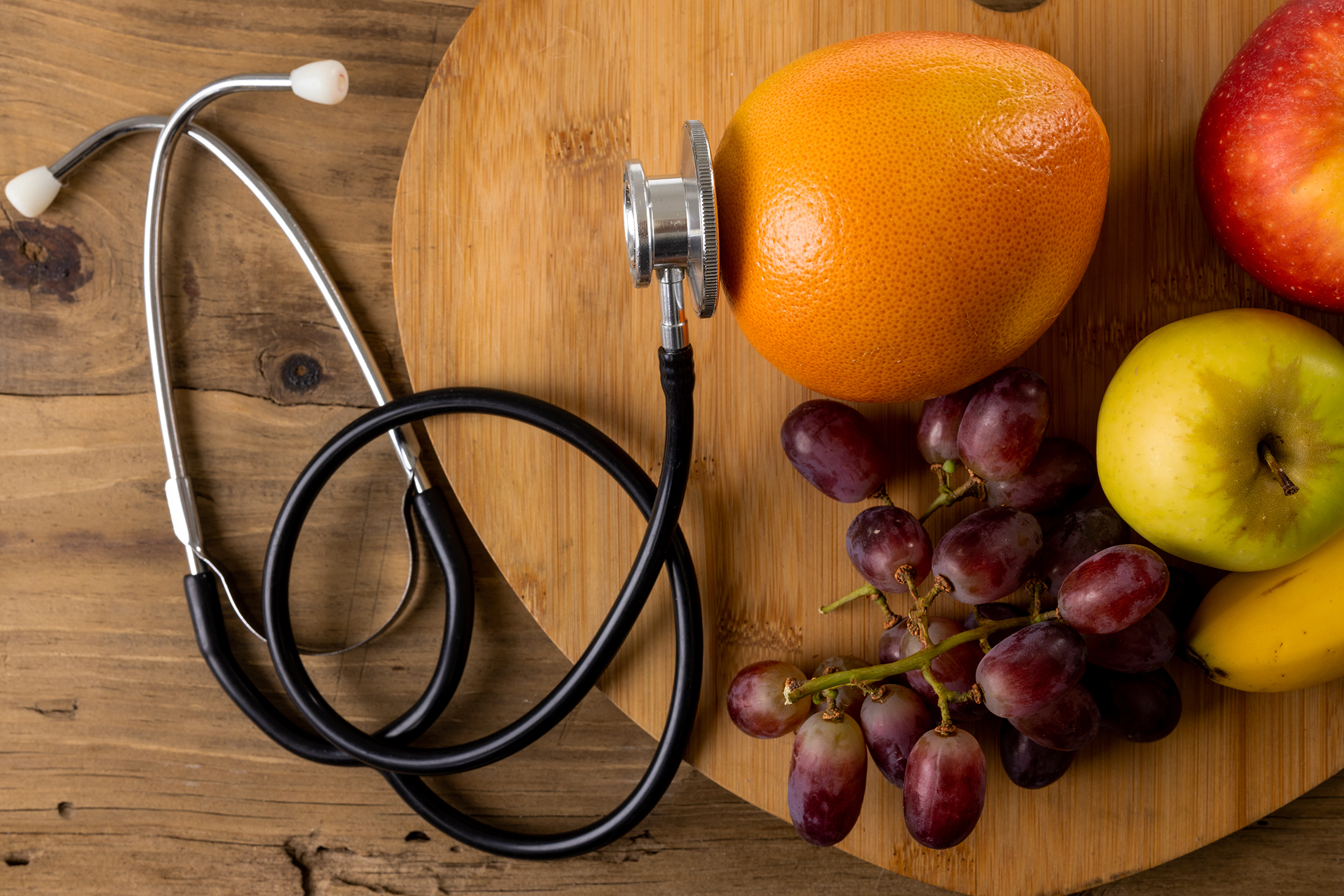First aid refers to the immediate care provided to a person experiencing a medical emergency. It’s often the difference between life and death in critical situations, making it an essential skill for everyone. Whether you’re at home, work, or out in public, knowing how to administer first aid can empower you to act confidently and effectively when it matters most.
Why Is First Aid Important?
Emergencies can happen anywhere, ranging from minor injuries like cuts to severe situations such as cardiac arrest. First aid provides immediate assistance until professional medical help arrives, minimizing the risk of further complications.
For instance, stopping excessive bleeding early can prevent someone from going into shock, while CPR (cardiopulmonary resuscitation) can save someone who has stopped breathing. Beyond physical care, offering first aid reassures the injured person, reducing panic and fear during high-stress moments.
Equipping yourself with first aid knowledge is not just about helping others but also protecting your loved ones and yourself during unforeseen scenarios.
Tips for Basic First Aid Techniques
1. CPR for Cardiac Arrest
- Confirm the person is unresponsive and not breathing normally.
- Call emergency services and begin chest compressions at a rhythm of 100-120 per minute.
- If trained, alternate compressions with rescue breaths.
2. Treating Wounds and Cuts
- Clean the wound gently with water to remove debris.
- Apply firm pressure using a clean cloth to stop bleeding.
- Cover with an adhesive bandage or gauze to protect the area.
3. Handling Burns
- Cool the burn by holding it under lukewarm (not cold) running water for 10-15 minutes.
- Avoid applying creams or oils. Cover with a sterile pad or cling film to protect the skin.
4. Addressing Choking
- For adults, use the Heimlich maneuver by placing your hands around the upper abdomen and applying upward thrusts.
- For infants, alternate between back blows and gentle chest compressions.
Trends in First Aid Training
- Online Classes: Virtual platforms offer flexible first aid courses, making it easier for people to gain certification.
- Advanced Emergency Kits: Kits now include items like portable AEDs (automated external defibrillators) and advanced wound care tools.
- Focus on Mental Health First Aid: Training to assist individuals experiencing anxiety, panic attacks, or post-trauma symptoms is on the rise.
How to Prepare a First Aid Kit
A well-equipped first aid kit is crucial for effective emergency care. Include essential items such as sterile gloves, adhesive dressings, bandages, antiseptic wipes, tweezers, scissors, pain relief medication, and a first aid manual. Keep the kit in an accessible, clearly marked spot in your home, workplace, or vehicle. Regularly check and replenish supplies to ensure readiness.
The Value of First Aid Knowledge
Being knowledgeable in first aid is more than just a skill—it’s a responsibility to yourself and those around you. It provides the ability to respond quickly and appropriately during emergencies, potentially saving lives and reducing the severity of injuries. By investing in first aid education and preparing a reliable kit, you equip yourself with the tools to make a difference when it counts the most. Take the step today to learn first aid, and be ready to protect and empower those in need.

